Cold emailing is a constantly growing market.
However, it’s become more competitive and regulated in recent years.
If you’re a small business owner or sales manager, finding high-quality, verified email addresses remains one of the most effective ways to grow your pipeline.
But there’s a fine line between outreach and spam.
This guide walks you through the legal and reliable methods for finding the right contacts for your next cold email campaign.
Prospecting with tools – scalable and verified
If you need speed and scale without sacrificing quality, prospecting tools are your best bet. These platforms offer access to massive B2B databases, paired with email verification and filtering options to help you reach only the most relevant leads.
#1 Use Woodpecker’s Lead Finder for cold email outreach
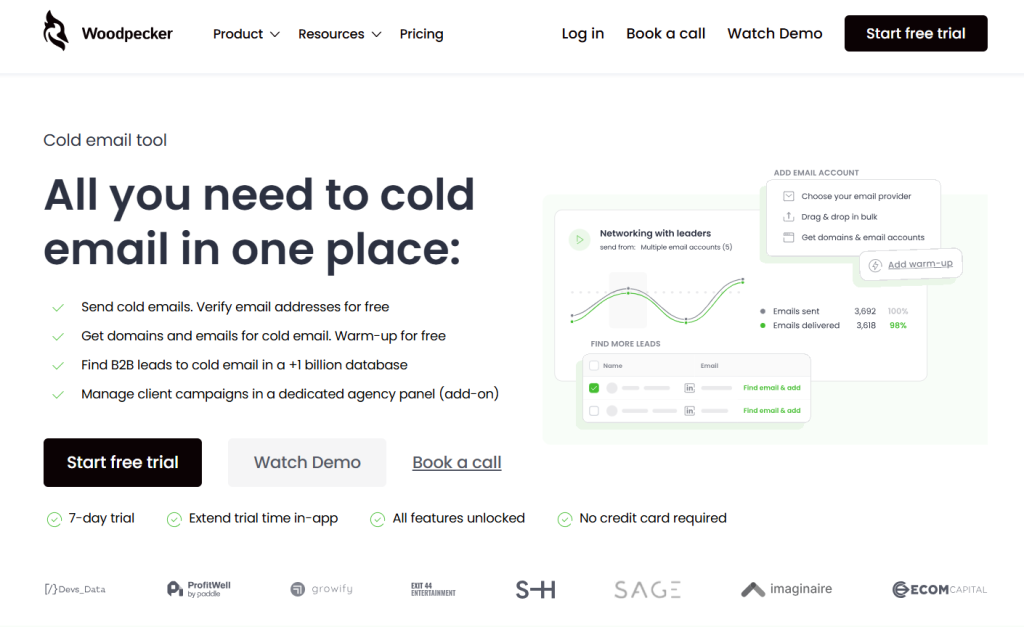
Woodpecker’s Lead Finder is one of the quickest and most efficient tools for collecting email addresses. It’s part of Woodpecker’s cold email platform, so everything you need is in one place: from search to outreach.
Here’s how it works:
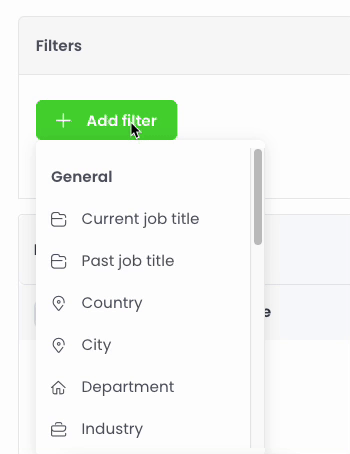
You use advanced search filters, such as job title, company size, country, industry, and even seniority level, to narrow in on your target audience. Want to reach tech founders in the UK? Just a few clicks.
Once you run a search, you’ll get access to a massive database of potential customers – over 1 billion records. Woodpecker then evaluates each contact for email deliverability.
You’ll see tags like “Risky” for addresses that might bounce, and “Personal” if the address isn’t tied to a business domain. That helps protect your sender reputation and keeps your emails out of the spam folder.
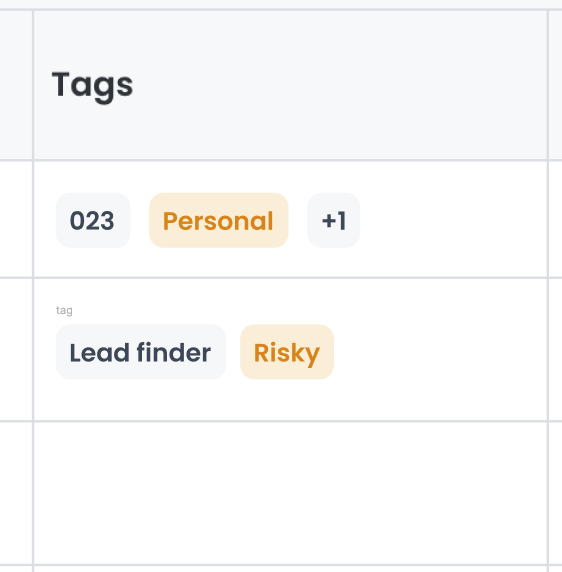
You can search for leads, find their direct email addresses, and add them right into a campaign.
Every address is verified using Bouncer, a top-tier email verification tool, before any communication is sent. That means fewer invalid email addresses and better results.
And the best part? You get 100 Lead Finder credits for free every month. It’s a scalable option for small businesses trying to generate leads without risking CAN-SPAM violations or wasting time on low-quality data.

If you’re used to digging through social media platforms or guessing patterns with email finder tools, this is your shortcut. It’s precise and built for successful cold emailing.
Read more about it here and sign up for a free trial now.
#2 Use email pattern guessing + contact info verification tools
When you already know the target company or decision-maker you want to reach, email pattern guessing paired with verification tools becomes a tactical strategy.
Start by using platforms like Hunter or Snov.io. These email finding tools generate professional contacts based on common domain patterns, such as [email protected].
Many of these platforms also offer Chrome extensions, so you can generate leads while browsing LinkedIn or blog posts.
The best time to use this method is when you’re already using LinkedIn Sales Navigator.
Use its advanced search capabilities to filter potential leads by job title and company size. Once you’ve identified relevant leads, pull their names and use email lookup tools to generate their business emails.
Before sending anything, validate each guessed email address with a tool like Bouncer. This step helps confirm you’re sending to accurate email addresses and keeps your email marketing out of spam folders.
Keep in mind, it’s not just about reaching any inbox. You want to connect with the right people using high-quality email addresses. This helps you run a successful cold email campaign that delivers relevant messages to real decision-makers.
Also, follow legal compliance guidelines. Make sure your messages are CAN-SPAM compliant: clear subject lines and proper opt-out options.
If you’re reading sales how-to guides or digging through a company website for clues, this method brings structure to your search. Think of it as a practical blend of domain search and lead generation.
#3 Buy a targeted lead list for cold email campaigns (carefully)
Sometimes it makes sense to buy data, especially if you’re testing a niche or running time-sensitive outreach. But don’t treat all lists as equal.
Look for providers that give you more than just names.
The best sources will:
- Use GDPR-compliant sourcing
- Work with verified email providers
- Run every record through an email verification tool
- Let you apply filters by industry, region, seniority, and job function
The more refined your search results, the more relevant your leads. Buying a list with context, like recent engagement or industry, can make your messaging more targeted and valuable.
Avoid any provider that hands over raw data without vetting. Sending cold emails to random, unverified addresses can harm your email deliverability. And once your domain ends up in a spam folder, recovery is a slog.
A high-quality list should support your marketing strategies, not sabotage them. When done right, buying lists can unlock access to hard-to-reach segments.
Manual research (slower, high-intent, often free)
If you have time to invest, manual research often delivers higher-quality leads. These methods involve finding people one by one, ideal for high-ticket sales or personalized outreach.
#4 Use LinkedIn for manual prospecting
Manual doesn’t mean outdated, but more intentional. LinkedIn remains one of the richest sources of professional contacts.
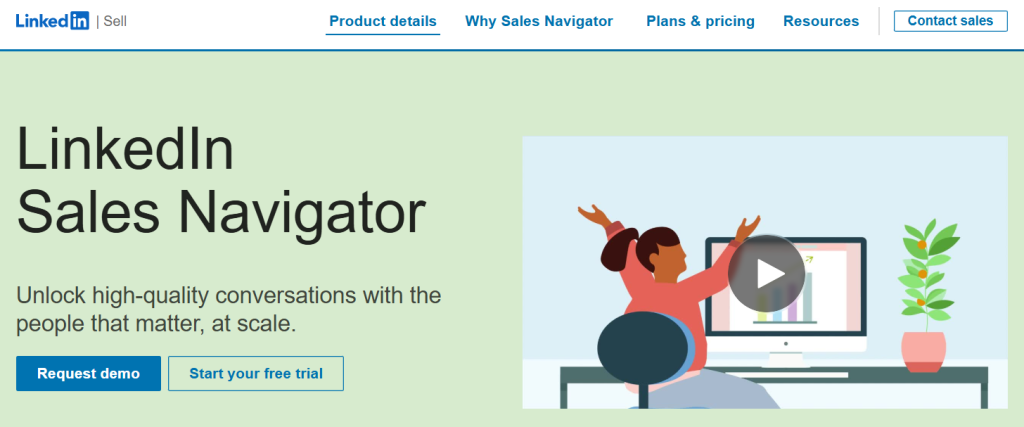
Start with advanced filters in LinkedIn Sales Navigator: job title, company size, geography, and industry. You can even layer on filters like recent activity to find potential leads who are engaged and open to outreach. Visit company pages to explore team structures and connect with mutual connections for warm introductions.
Once you’ve found a person’s profile, don’t rush the connection request. Review their role and recent posts to gather details to personalize your message. Then use an email lookup tool like Apollo or Lusha to uncover their email.
If you’re already using Woodpecker for your cold outreach, the platform will automatically verify every address to reduce the risk of bouncebacks and maintain a healthy sender score.
This strategy takes more time but often results in higher-quality conversations. It’s a great fit when you’re targeting high-value accounts or building a shortlist of decision-makers.
Check this out: cold outreach on LinkedIn – practical tips and examples
#5 Explore niche directories and community websites
Think beyond LinkedIn. Community websites and trade associations are underrated sources for high-intent leads. These platforms often include member listings or speaker bios complete with email addresses and company affiliations.
You’ll find them across SaaS marketplaces and startup databases. Unlike scraped lists, these are curated environments where prospects are actively engaging with their industry.
Use advanced search techniques or even Google queries (e.g., “site:[directory].com contact list”) to find contact pages. Some community sites also include email directories with filters, so you can drill down by company size or region.
Since these contacts are publicly listed and often contextually relevant, the email addresses tend to be more accurate. Just remember to verify them before you launch your campaign.
Pairing this approach with tactical sales advice and personalized messaging can open doors you won’t reach through broader platforms.
#6 Use X (Twitter) and niche platforms to find real-time leads
X’s (Twitter’s) Advanced Search lets you surface real-time conversations based on keywords, hashtags, mentions, and even dates. If someone tweets about a pain point your product solves, that’s a warm lead in waiting.
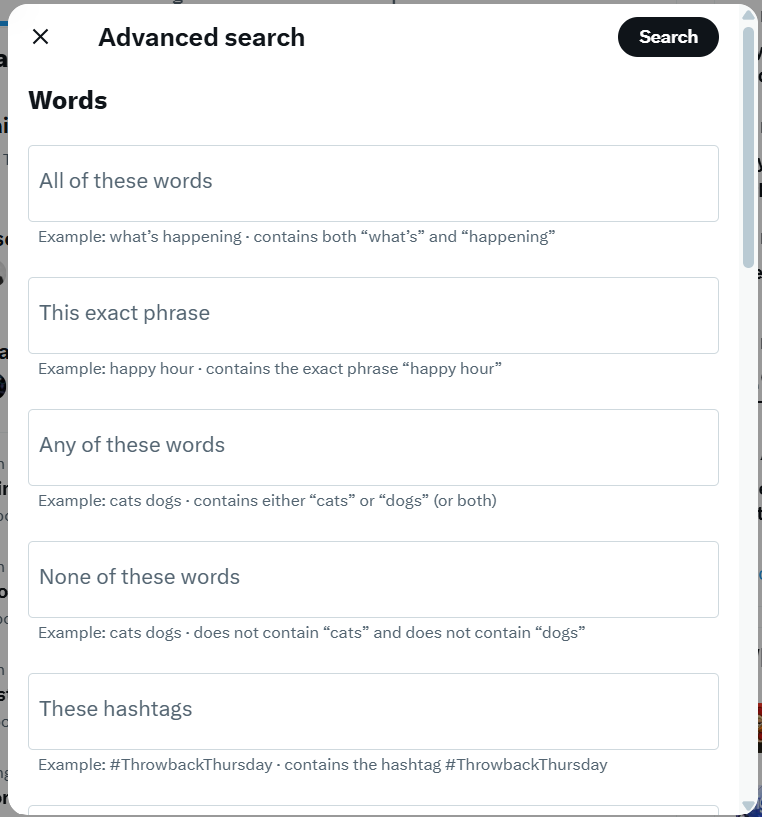
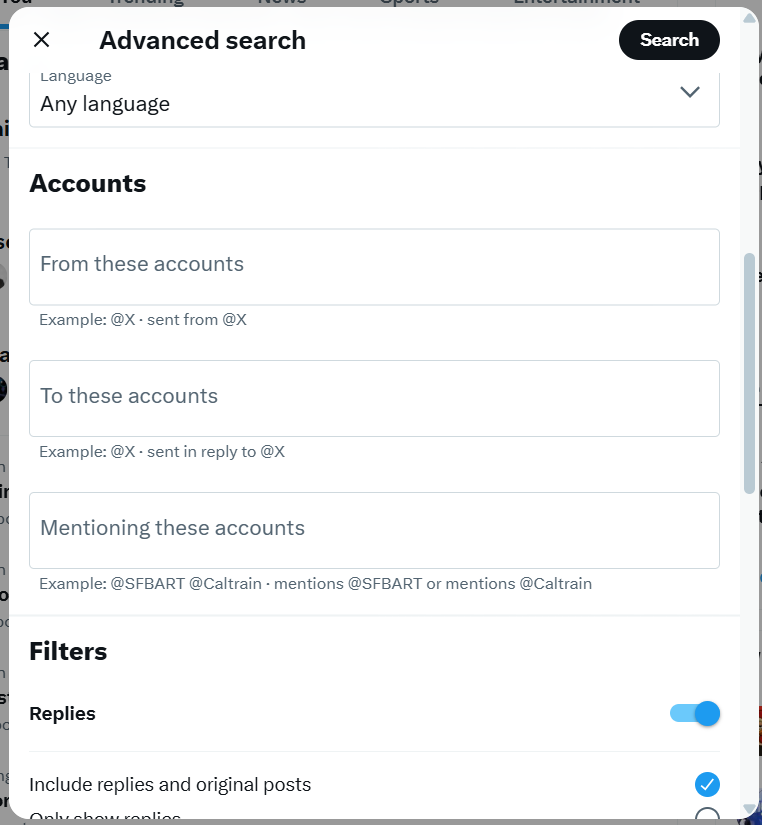
You can also explore niche platforms, such as Product Hunt or Reddit threads, that are specific to your target audience.
These platforms attract professionals who are actively discussing their needs and workflows. Many post publicly with contactable profiles so following up isn’t difficult.
Slack communities and Discord servers tied to specific industries or roles are also rich with buying signals. Look for channels dedicated to hiring or feedback. If someone shares a request or frustration relevant to your solution, you’ve found an opening.
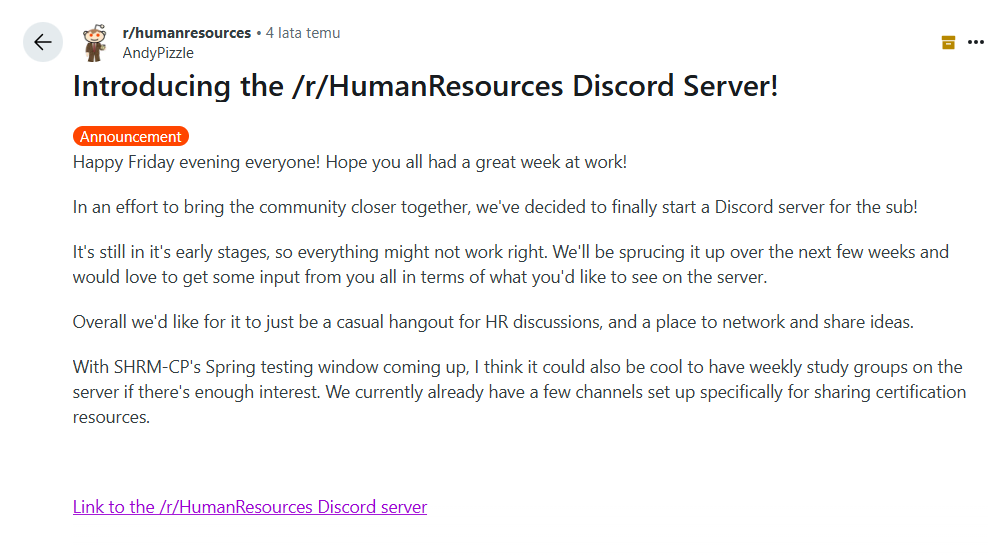
Collect the names and context, then use email lookup tools to source verified addresses. Focus only on those who show genuine interest or need. This keeps your outreach respectful and legally sound.
Indirect contact details collection (inbound or referral-based)
These methods focus on leads who already know about your business or are just one introduction away. They’re lower volume, but often higher quality.
#7 Tap into your existing network and ask for referrals
Referrals work because they come with built-in trust. Start by reaching out to current clients or former coworkers. Ask if they know someone facing the same challenges your product addresses.
Even if the contact is only a name or job title, that’s enough to start the research. Use LinkedIn to track down their profile, then a lookup tool to uncover their verified email. Mentioning a mutual connection adds credibility to your outreach and often improves response rates.
This tactic is especially powerful when you’re entering a new market or launching a product. A warm intro beats a cold email every time, but even a light name-drop makes your email more personal.
Check this out: professional networking email templates
#8 Run targeted ads to collect addresses through contact forms
Running lead-gen ads on LinkedIn or Facebook is another way to collect verified email addresses with consent. You can target your ideal buyer by factors like title and location.
Keep the contact form simple with between 3 and 5 fields, such as name, company, and email address. Data shows these micro-forms perform better and reduce friction. Offer something useful in return, like a downloadable guide or a webinar invite.
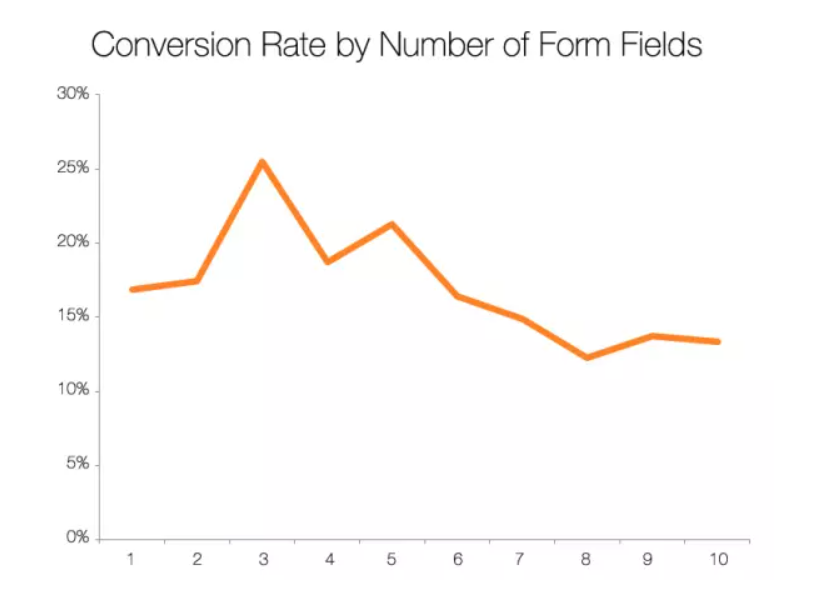
Since users are opting in, you can legally follow up. Just make sure your copy sets the right expectations and your outreach respects inbox boundaries.
This method is budget-dependent but works well when you want to scale fast with fully permissioned contacts.
Check this out: how to follow up after a form submission
#9 Check job boards and event attendee lists
Job boards are a signal of intent. If a company is hiring for a role you help support, that’s a potential opportunity. Look for decision-makers involved in the hiring and use lookup tools to connect.
For events, many organizers publish speaker bios and attendee lists. These often include company domains or direct contact emails. You can also search event hashtags or recaps for mentions and engagement.
Use the context to craft a personalized email: reference their job post or participation in the event. Always verify addresses before sending to maintain a good sender reputation.
Scraping (last resort – use responsibly)
Scraping should never be your first step. But when used thoughtfully and legally, it can help uncover hard-to-find contacts, especially in niche industries.
#10 Scrape websites/blogs with intent and verify every contact
If a blog author lists their contact email or a company has staff bios on its website, you can collect those addresses, as long as you verify them and your message is relevant.
Focus on sources where the person’s role aligns with your offer. For example, if you sell HR software, scraping contact pages from HR consultancy sites may surface decision-makers.
Use a reliable email verifier before outreach. Always include an unsubscribe link and follow CAN-SPAM guidelines to the letter: no misleading subject lines and only targeted recipients who are given an easy opt-out.
When done responsibly, scraping can help you fill hard-to-reach gaps in your lead list, especially for niche sectors or highly targeted campaigns.
Ready to find any email address for cold outreach?
Cold emailing still works as long as you do it right. Focus on accurate, verified emails. Be relevant. Respect the inbox.
And use the right tools, such as Woodpecker.
A good prospect list will let you reach the right people with the best sales pitch.
Keep it legal and smart. And your next cold email campaign might just be your best yet.

